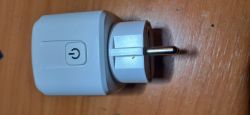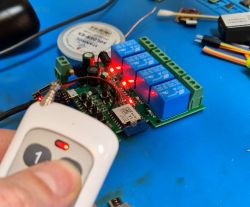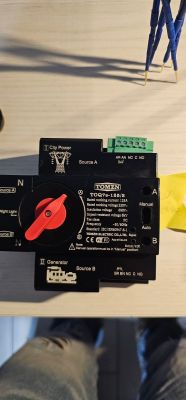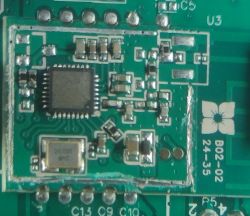Hello Colleagues,
My question concerns the specification of the ESP8266 modem responses sent to the microcontroller (USART, 115200bps). Does each modem response end with a pair of CR and LF characters, or could it be CR CR and LF or something else? I have written a simple function based on the USART receiver's ISR that stores each incoming byte in a C-string until it encounters an LF character. When it encounters it, it returns the C-string as the module's response (it rewrites the ISR function's C-string to another C-string for the main function - a sort of caching)...and that's just it, it doesn't always work well. E.g. the module response "CONNECT" only returns as "CO"..., it doesn't return, for example, the ">" character that the modem sends while waiting for TCP data...etc. Does anyone have any experience in this matter? Many thanks in advance.... robiw
PS.
I'm not posting the code, which is trivial, as I'm away from home without access to the computer where I have it.
My question concerns the specification of the ESP8266 modem responses sent to the microcontroller (USART, 115200bps). Does each modem response end with a pair of CR and LF characters, or could it be CR CR and LF or something else? I have written a simple function based on the USART receiver's ISR that stores each incoming byte in a C-string until it encounters an LF character. When it encounters it, it returns the C-string as the module's response (it rewrites the ISR function's C-string to another C-string for the main function - a sort of caching)...and that's just it, it doesn't always work well. E.g. the module response "CONNECT" only returns as "CO"..., it doesn't return, for example, the ">" character that the modem sends while waiting for TCP data...etc. Does anyone have any experience in this matter? Many thanks in advance.... robiw
PS.
I'm not posting the code, which is trivial, as I'm away from home without access to the computer where I have it.






